![]() Oooh, Rubicon get serious. “Energy Levels” is a downbeat grungy number, with vocals by bassist Jon Corker. It’s a change from the frenetic energy of the band’s Paul Reid-fronted numbers.
Oooh, Rubicon get serious. “Energy Levels” is a downbeat grungy number, with vocals by bassist Jon Corker. It’s a change from the frenetic energy of the band’s Paul Reid-fronted numbers.
“My energy levels are making me slower,” he sings. Whatever, sonny-jim. Just wait till you’re older and you start to look forward to staying in. But then he sings “My energy levels: made of clover,” which is the worst lyric ever. Unless he is like a cow who has eaten too much clover and is suffering from bloat. In that case, he should try that lady yoghurt that Lorraine Downes promotes.
The video starts by focuses on Jon’s serious rock face, but it’s not until the chorus kicks off (Pixies/Nirvana style) that he really gets to work with some quality eyeball acting. He has a good brooding style – again, a refreshing change from the usual Rubican fun ball.
The band are performing in some sort of bunker, surrounding by big concrete walls, lit by a distant strobe with a bit of smoke. It’s perfectly good standard rock video, but why?
It’s strange for Rubicon to have suddenly turned into this rather different band. “Energy Levels” was the seventh video taken from their “Primary” album and it’s hard to guess what they were trying to do with this. Was it a stab in a more mature direction? Or a hint of the eventual departure of Corker and guitarist Gene Bennet?
Best bit: the happy pop face returns at 1:25.
Director: Gareth Edwards
Next… getting up early.
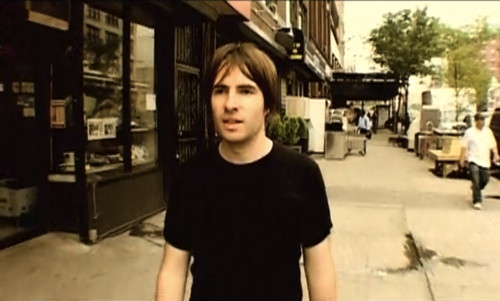
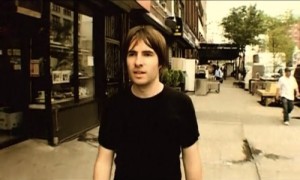 “Days on End” was shot in one take, but it doesn’t feel like a typically gimmicky “one-take wonder”. The video was shot in New York City and focuses on band members walking the city streets, but it isn’t a simple walk around the block.
“Days on End” was shot in one take, but it doesn’t feel like a typically gimmicky “one-take wonder”. The video was shot in New York City and focuses on band members walking the city streets, but it isn’t a simple walk around the block.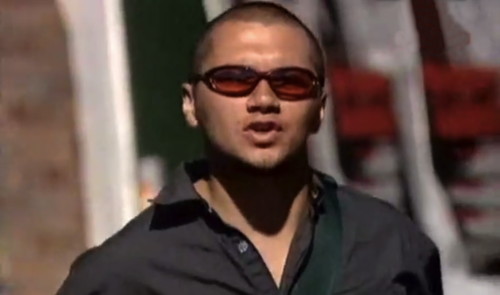
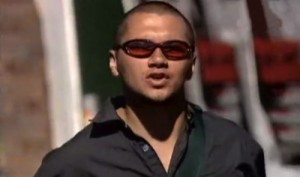 After an earlier incarnation called GST, Jason Kerrison and pals became Opshop and kicked off with “Nothing Can Wait”. As the band’s bio states, in 2003 they won a New Zealand music radio competition that helped give them a break.
After an earlier incarnation called GST, Jason Kerrison and pals became Opshop and kicked off with “Nothing Can Wait”. As the band’s bio states, in 2003 they won a New Zealand music radio competition that helped give them a break.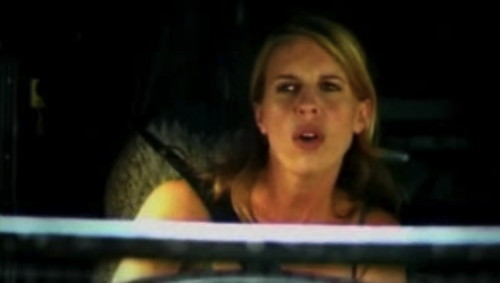
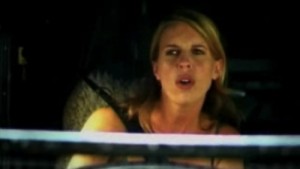 Expat American Michelle Kazor had enjoyed a lot of radio success with her debut single “In This Life” and a web search shows remnants of breathless PR about her. But it was not to last. “Crowded Room” was her second and final single and video.
Expat American Michelle Kazor had enjoyed a lot of radio success with her debut single “In This Life” and a web search shows remnants of breathless PR about her. But it was not to last. “Crowded Room” was her second and final single and video.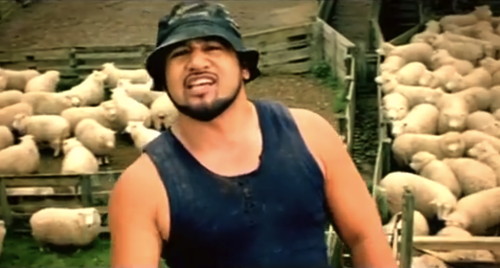
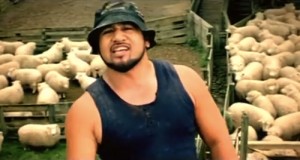 A giant crown-shaped cloud overs above the setting of this hip hop video: it’s a farm. It’s not the first time a New Zealand hip hop video has used this unconventional location. In 2000 Dark Tower’s
A giant crown-shaped cloud overs above the setting of this hip hop video: it’s a farm. It’s not the first time a New Zealand hip hop video has used this unconventional location. In 2000 Dark Tower’s 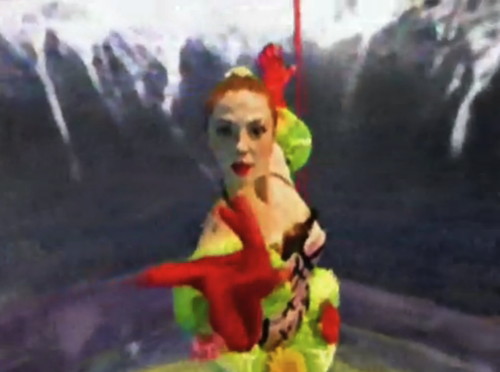
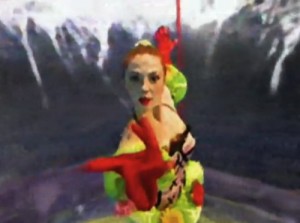 Neither Paul McLaney (aka Gramsci) nor Anika Moa feature in this video. Instead it’s a partially animated adventure involve a woman walking on a tightrope, a man holding the rope tight, and a sweeping panorama.
Neither Paul McLaney (aka Gramsci) nor Anika Moa feature in this video. Instead it’s a partially animated adventure involve a woman walking on a tightrope, a man holding the rope tight, and a sweeping panorama.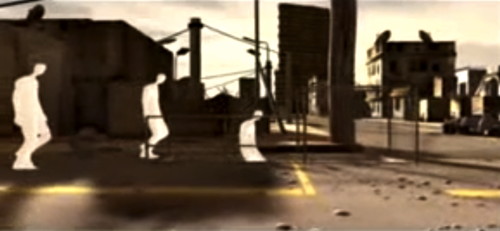
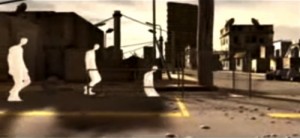 A door opens and a man walks in. It’s a computer generated man, walking with a funky slouch, as designed by Dimmer’s drummer Gary Sullivan. The figure is soon joined by identical others, and in single-file they lumber through an ever-changing landscape, past water, flowers, a burning country manor and into a desolate city.
A door opens and a man walks in. It’s a computer generated man, walking with a funky slouch, as designed by Dimmer’s drummer Gary Sullivan. The figure is soon joined by identical others, and in single-file they lumber through an ever-changing landscape, past water, flowers, a burning country manor and into a desolate city.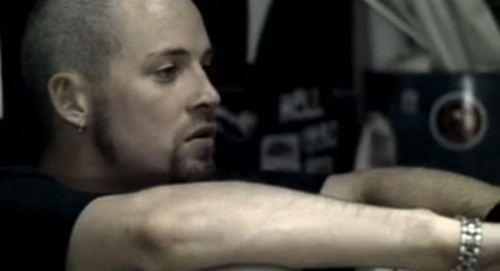
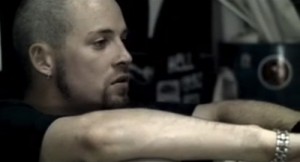 “Phlex” is Blindspott’s highest charting single. It reached number three, only kept off the top spot by the double whammy of Clay Aiken and Ruben Studdard’s American Idol singles (and then chased well away by the almighty
“Phlex” is Blindspott’s highest charting single. It reached number three, only kept off the top spot by the double whammy of Clay Aiken and Ruben Studdard’s American Idol singles (and then chased well away by the almighty 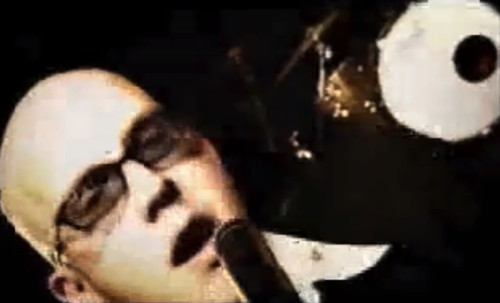
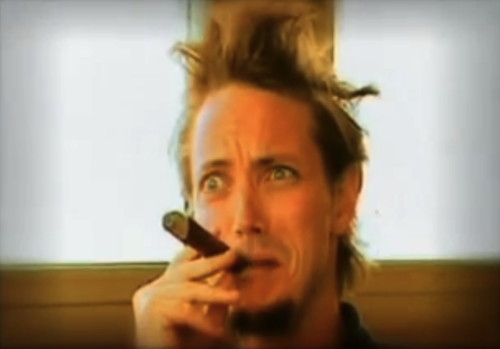
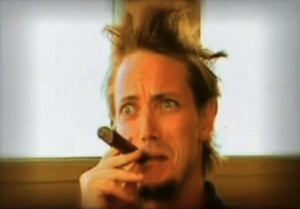 In what has to be one of the most exotic locations for a New Zealand music video, “Neil of Diamonds” is set in Havana, looking like a home movie crossed with the Buena Vista Social Club.
In what has to be one of the most exotic locations for a New Zealand music video, “Neil of Diamonds” is set in Havana, looking like a home movie crossed with the Buena Vista Social Club.